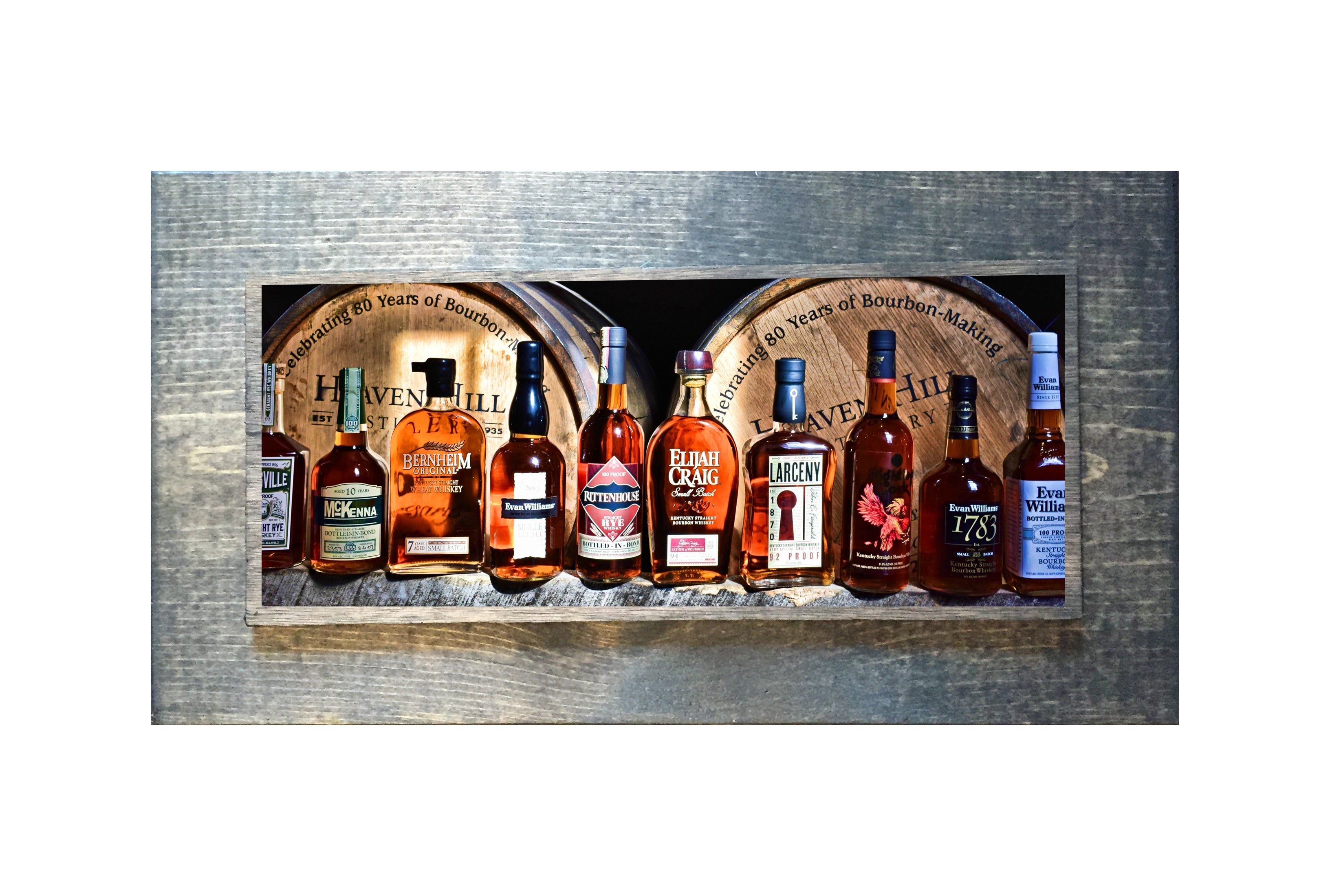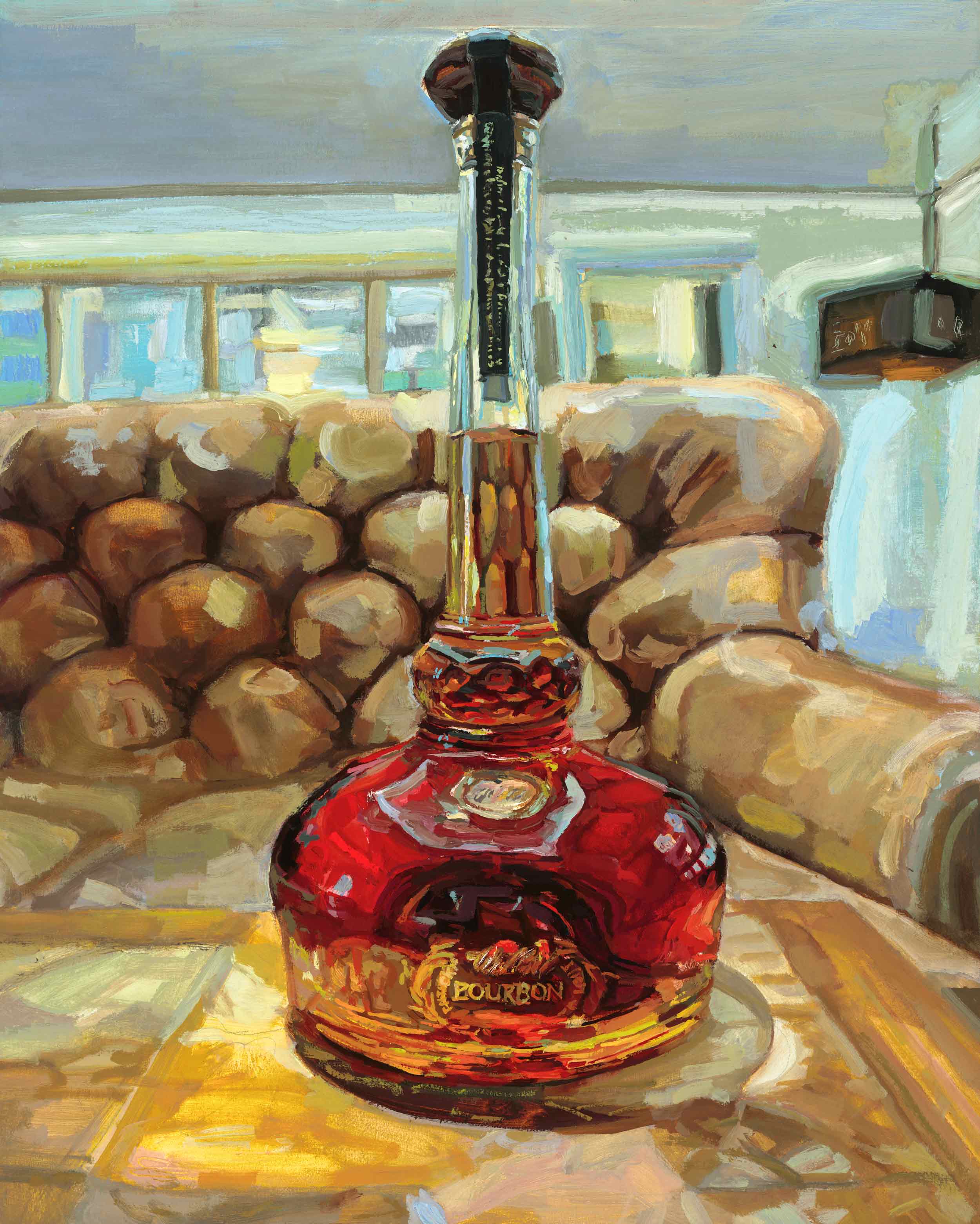Whiskey Art: Capturing the Essence of Distillation in Every Brushstroke
Whiskey Art: Capturing the Essence of Distillation in Every Brushstroke
Blog Article
The Value of Whiskey Art in Celebrating Heritage and Workmanship in the Beverage Sector
The elaborate partnership in between whiskey art and the party of heritage and workmanship within the drink industry can not be overstated. With attentively designed containers and labels, scotch brands envelop their historic origins and the artisanal skills that define their manufacturing approaches. This imaginative measurement not only enhances market appeal however also acts as an avenue for cultural storytelling, fostering a much deeper connection between the craft and the consumer. As we explore the different aspects of this topic, interesting questions regarding the effect of modern-day fads on traditional practices emerge, prompting more evaluation.
The Historic Roots of Whiskey
At the heart of whiskey's allure exists an abundant tapestry of historical roots that trace back to ancient worlds. The origins of bourbon can be connected to the distillation practices of the Sumerians and Babylonians around 2000 BCE, where very early types of fermented grain beverages began to arise. It was in the Middle Ages that the art of purification advanced significantly, particularly in Ireland and Scotland, leading to the production of bourbon as we understand it today.
The term "bourbon" itself originates from the Gaelic word "uisce beatha," implying "water of life." This expression emphasizes the cultural value of bourbon in Celtic societies, where it was commonly related to routines, celebrations, and common bonding. By the 15th century, distillation ended up being an acknowledged craft within monastic neighborhoods, paving the method for the establishment of lawful distilleries.
As profession routes expanded, whiskey's popularity expanded, transcending regional boundaries and catching the passion of aficionados worldwide. Limited Edition. This historic trip shows not only the craftsmanship behind bourbon production however additionally its essential function in social and cultural contexts, noting it as a substantial drink throughout history
Artistic Expression in Branding
Whiskey branding stands as a compelling crossway of creativity and commerce, where visual identity plays a critical function in shaping consumer assumption. The visual appeals of whiskey labels, product packaging, and marketing materials reflect not only the brand's tale however additionally its core values and heritage. Through artistic expression, distilleries communicate a story that reverberates with customers, evoking emotions and triggering links.
Making use of color, typography, and images in branding offers to differentiate items in a saturated market. Typical themes might stimulate a sense of credibility and workmanship, while contemporary styles can signify innovation and forward-thinking. This tactical artistic instructions enhances brand acknowledgment and loyalty, permitting customers to build a personal relationship with the whiskey they choose.
In addition, creative expression in branding typically functions as an event of local heritage. Distilleries frequently incorporate regional signs or historical references into their designs, creating a feeling of area that invites customers to take part in a wider cultural experience. Inevitably, the creativity behind bourbon branding not just enhances visual allure however also enhances the general story of the brand, cultivating a deeper appreciation for the workmanship and heritage ingrained in each bottle.
Workmanship in Bottle Design
The creativity obvious in bourbon branding extends beyond visual identity to encompass the workmanship associated with bottle layout. Each bottle works as a vessel not simply for the spirit within, but also for the story it outlines its origin, quality, and tradition. The style process calls for precise interest to information, as components such read this as form, closure, and product add dramatically to the overall understanding of the scotch.
Craftsmanship in container layout entails picking high-grade glass that can enhance the bourbon's color and clearness, while also offering a tactile experience for the consumer. The shape of the bottle must be both visually appealing and practical, commonly reflecting the heritage of the brand. Many distilleries go with distinct shapes or embossed logos that evoke a sense of authenticity and background.
In addition, the label layout and typography play a crucial duty in communicating the brand name's story. Limited Edition. A well-crafted container not only mesmerizes the consumer's eye but also enhances the brand's dedication to top quality and practice. In this means, the workmanship of container design ends up being an important aspect of the scotch experience, merging creativity with an extensive regard for heritage
Social Value of Bourbon Art
Celebrating custom and craftsmanship, the cultural relevance of bourbon art goes beyond plain looks, intertwining with the social and historical stories of the areas from which it comes from. Each bottle serves as a canvas, depicting the distinct tales, mythology, and customs that have actually shaped local whiskey-making practices. The elaborate layouts frequently reflect the heritage of the distillers, including icons and themes that reverberate with the society and values of their neighborhoods.

On top of that, scotch art plays a crucial role in common celebrations and events, acting as a substantial link between individuals and their shared experiences. By valuing the creativity in bourbon product packaging, customers cultivate a deeper understanding and respect for the craft, inevitably enriching their pleasure of the drink itself.
Modern Trends in Scotch Discussion
Over the last few years, the discussion of whiskey has developed to mirror contemporary tastes and fads while still recognizing conventional workmanship - Whiskey Art. Distilleries are significantly concentrating on aesthetic aspects that boost the overall drinking experience, linking the void in between heritage and modernity
Ingenious container layouts his explanation have emerged, commonly integrating lasting materials and imaginative tags that tell engaging tales. Many brand names now team up with regional artists, infusing their products with unique aesthetic expressions that reverberate with consumers. In addition, limited-edition launches are click this link usually packaged in collectible containers, adding worth and allure for aficionados.

Conclusion
In verdict, scotch art offers as an essential avenue for sharing the heritage and workmanship intrinsic in the beverage industry. Through detailed branding, innovative container styles, and culturally significant artistic elements, whiskey brands properly recognize their practices and link with consumers.


Craftsmanship in container style includes picking high-quality glass that can enhance the scotch's shade and clearness, while likewise supplying a responsive experience for the consumer. In this means, the craftsmanship of bottle style comes to be an essential aspect of the whiskey experience, merging artistry with an extensive regard for heritage.
In conclusion, whiskey art offers as a crucial channel for expressing the heritage and workmanship fundamental in the drink market.
Report this page